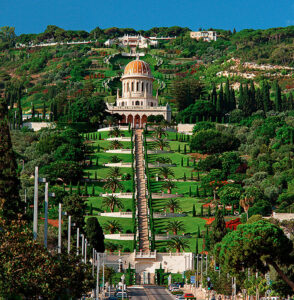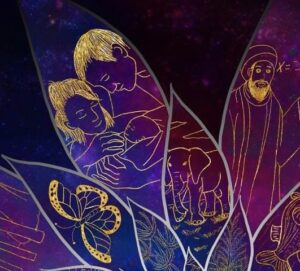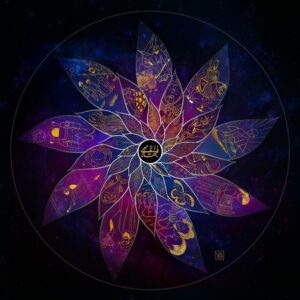Programu ya maendeleo ya ulimwengu kwa wakati mmoja ya kipekee katika historia ya ulimwengu
Wabahá’í kila mahali wanajishughulisha na mchakato wa kimataifa wa kujifunza ambao unasaidia kujenga uwezo wao wa kutumia mafundisho ya Baha’u’llah katika mabadiliko ya jamii. Kuimarisha uwezo huo kwa mtu binafsi kunaweza kulinganishwa na kutembea katika njia ya utumishi. “Na muhimu zaidi, mtu hutembea njia pamoja na wengine.” Katika mkao wa unyenyekevu wa kujifunza. Mpango huu wa maendeleo ya jamii duniani kote ulianza nchini Kolombia na unatumia kozi za Taasisi ya Ruhi. Jumuiya ya Ulimwengu ya Baha’i sasa ina uzoefu wa miaka ishirini iliyopita ya kuendelea.
Mchakato huu wa kimataifa, ambao Wabaha’i wanauita utamaduni wa kujifunza, unajumuisha:
- Mikusanyiko ya ibada ya pamoja inayoimarisha tabia ya ibada ya jumuiya
- Kukuza roho ya urafiki na urafiki unaovuka vikwazo vya rangi na tabaka
- Kufanya kazi pamoja kwa ajili ya utaratibu wa kijamii usio na ubaguzi na unaojulikana na umoja katika utofauti
- Kujifunza kutembea na wengine kwenye njia ya kiroho, katika mkao wa unyenyekevu wa kujifunza, kushiriki katika huduma ya mtu binafsi na ya pamoja kwa ajili ya kuboresha ulimwengu.
- Madarasa kwa ajili ya elimu ya kiroho kwa watoto ambamo wanakuza maadili mema kama vile ukweli, wema na huruma pamoja na kuthamini sana umoja wa kimsingi wa dini mbalimbali za ulimwengu.
- Vikundi vinavyosaidia vijana kuvuka hatua muhimu ya maisha yao na kuhimili nguvu za babuzi ambazo zinawalenga haswa.
- Miduara ya masomo ambamo washiriki huakisi hali ya kiroho ya kuwepo na kujenga uwezo wa huduma kwa jamii na jamii.
- Ziara za nyumbani ili kujenga uhusiano wenye nguvu wa urafiki, kuwa na mazungumzo yenye maana au kutoa utegemezo kwa kusali pamoja
- Mpango unaotambua uwezo wa jumuiya kuunganisha, kuponya na kuvuka tofauti
- Kupata roho hizo zinazotamani kumwaga ulegevu uliowekwa na jamii na kufanya kazi pamoja katika vitongoji na vijiji vyao kuanza mchakato wa mabadiliko ya pamoja.
- Mchakato unaotaka kuinua uwezo ndani ya idadi ya watu ili kudhibiti maendeleo yake ya kiroho, kijamii na kiakili ambapo kila mtu anahisi kuwa na uwezo wa kuchangia katika kuboresha watu wote.
- Muundo wa mzunguko wa kutafakari, kushauriana, kupanga, na hatua huwekwa kwa msingi wa utaratibu, ili wale wanaohusika wajifunze kutoka kwa kila mzunguko na hivyo wanaboresha mipango yao ya utekelezaji daima – njia inayobadilika, ya kujisahihisha – kile Wabaha’i wanachoita. utamaduni wa kujifunza.


